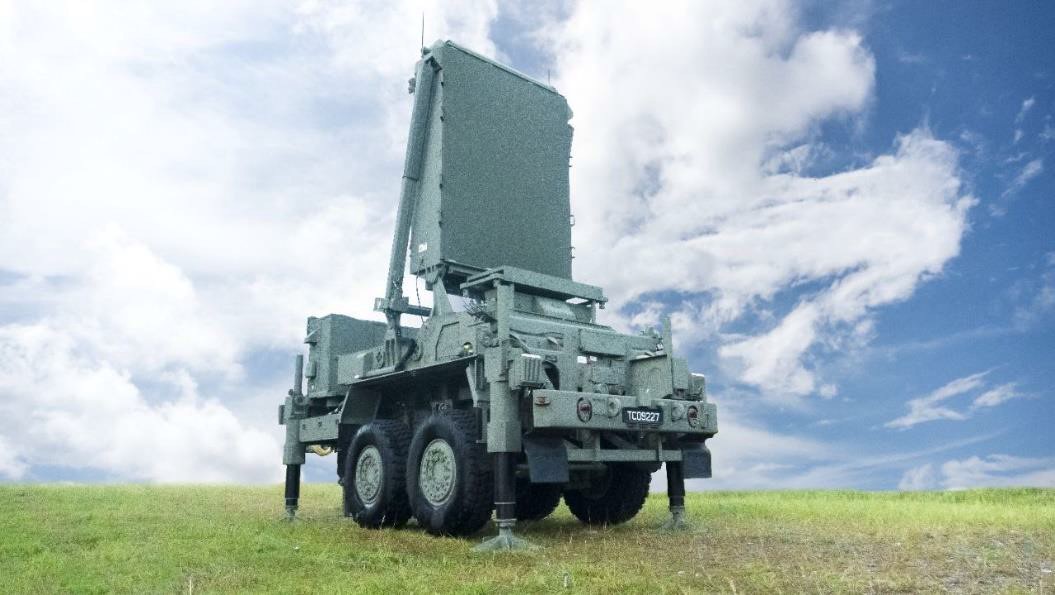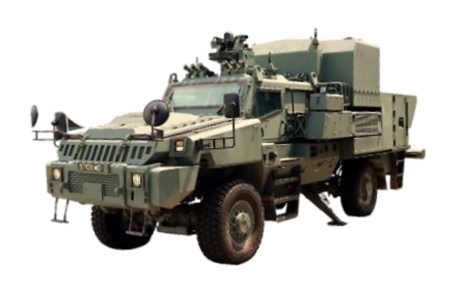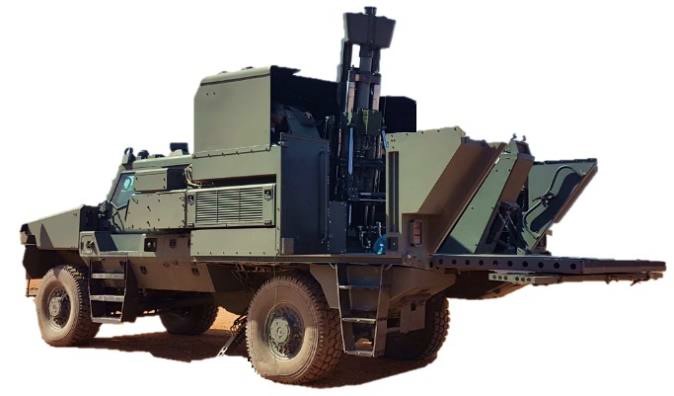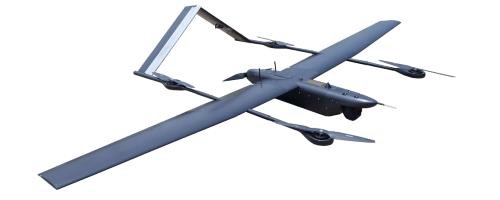 Fact Sheet: Latest Suite of Headquarters Sense and Strike Platforms
Fact Sheet: Latest Suite of Headquarters Sense and Strike Platforms
TPQ-53 Weapon Locating Radar (WLR)

The TPQ-53 Weapon Locating Radar (WLR) replaces the Singapore Army’s current fleet of TPQ-36 and TPQ-37 WLRs, which have been in service since 1986 and 1991 respectively. Compared to the TPQ-36 and TPQ-37 WLRs, the TPQ-53 WLR provides improved acquisition and target identification of hostile Rocket, Artillery and Mortar (RAM) threats. This provides early warning, protects forces on the ground and enables swift destruction of hostile threats. Key features include:
Increased Radar Coverage. The TPQ-53 WLR is able to detect, classify, track and determine the location of hostile RAM threats in staring mode (fixed scan direction) at a range of up to 60km or rotating mode. In comparison, its predecessors are limited to only staring mode at a range of up to 50km.
Improved Accuracy. The TPQ-53 WLR has improved locating accuracy to better deliver counter-attacks on enemy artillery forces. This also enhances situational awareness and increases survivability of ground troops.
Reduced Manpower Requirement. As the TPQ-53 WLR is highly automated, it requires about 30% less manpower to operate as compared with its predecessors.
Tactical Flexibility. As the TPQ-53 WLR is capable of operating in rotating mode, it can be deployed for operations that require all round force protection, as compared with its predecessors which can only operate in a staring (fixed direction) mode.
BELREX Protected Combat Support Vehicle (Mortar)


The BELREX Protected Combat Support Vehicle (Mortar) is jointly developed by the Army, Defence Science and Technology Agency (DSTA) and ST Engineering Land Systems. Mounted on the BELREX Protected Combat Support Vehicle (PCSV), the 120mm Advanced Mortar System (AMS) provides the motorised forces with responsive fire support. The BELREX PCSV (Mortar) will replace the 120mm Towed Mortar of the motorised forces. Key features include:
Increased Responsiveness. The 120mm AMS is automated and integrated with the BELREX PCSV (Mortar). This gives the BELREX PCSV (Mortar) better manoeuvrability as compared with its predecessor – the 120mm Towed Mortar, and deploys 80% faster to provide more responsive fires for the motorised forces. The operators also possess enhanced situational awareness and interoperability with other combat forces through the Battlefield Management System (BMS).
Enhanced Survivability. The integrated BELREX PCSV (Mortar) is faster to deploy and displace, taking less than a minute to displace after firing. This ‘shoot and scoot' capability enhances the survivability of operators. The BELREX PCSV (Mortar) also provides the operators with protection against small-arm fires and mine blasts.
Enhanced Firing Capabilities, Reduced Manpower. The 120mm AMS is automated and has a 67% increase in rate of fire. The automation and enhanced firing capabilities allow for a 50% decrease in manpower requirements.
VELOCE 15 mini-Unmanned Aerial Vehicle (V15 mUAV)

The VELOCE 15 mini-Unmanned Aerial Vehicle (V15 mUAV) is the first locally developed hybrid Vertical Take Off and Landing Fixed-wing system by the Army, DSO National Laboratories, DSTA, and ST Engineering. It will replace the SKYBLADE III mini-UAV as the next generation mini-UAV to meet the Singapore Army's tactical Intelligence, Surveillance and Reconnaissance requirements.
Enhanced Operating Range and Endurance. Tactical UAV operators are able to remotely operate the V15 mUAV up to a range of 15km from its Ground Control Station (GCS), 87% further as compared with the SKYBLADE III.
Enhanced Imagery Capability. The V15 mUAV is equipped with integrated Electro-optics and Infra-red sensors to provide high resolution imagery for day and night operations in combat environments.
Enhanced Soldier Survivability. The V15 mUAV can be launched from the rear area of manoeuvre units, and the control of the mUAV can be taken over mid-flight seamlessly by reconnaissance forces in the frontlines, who then utilise the mUAV to conduct stand-off objective reconnaissance. This reduces the load carried by the reconnaissance forces. The V15 mUAV also enables reconnaissance forces to operate with more stealth and a smaller footprint, thereby enhancing their survivability.
Operational Flexibility. The V15 mUAV can be set up under 10 minutes, and launched from a confined space for operational flexibility. It can also provide a live feed through the Mobile Video Receiver which allows Army combat forces to gain real- time situational awareness and actionable intelligence on the ground.
